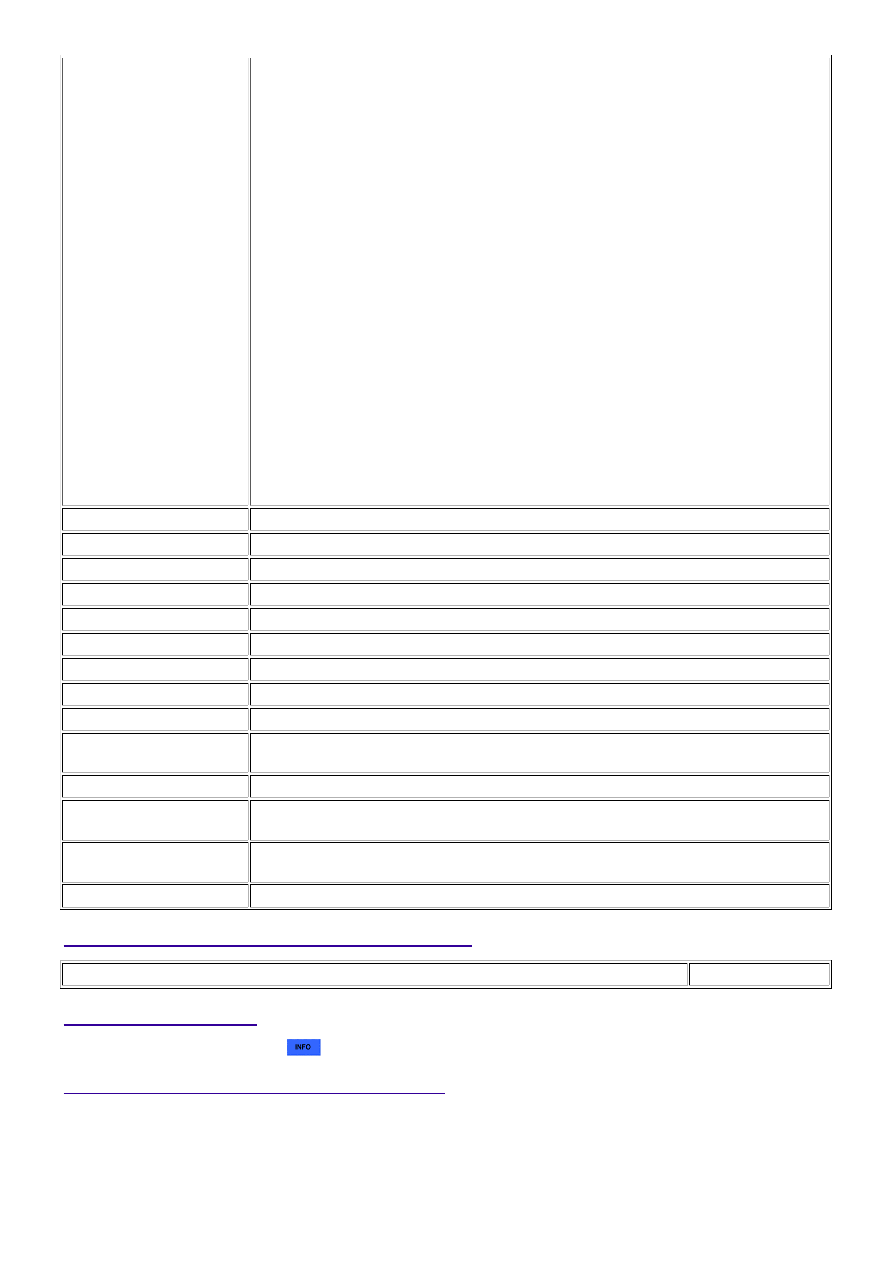Content .. 1560 1561 1562 1563 ..
Toyota Tundra (2015 year). Manual - part 1562

P0013, P0023 (Exhaust Camshaft Timing Oil control valve)
P0014, P0024 (Exhaust VVT System - Advance)
P0015, P0025 (Exhaust VVT System - Retard)
P0016, P0018 (VVT System - Misalignment)
P0017, P0019 (Exhaust VVT System - Misalignment)
P0031, P0032, P0051, P0052, P101D, P103D (Air fuel ratio sensor heater)
P0037, P0038, P0057, P0058, P102D, P105D (Rear oxygen sensor heater)
P0102, P0103 (Mass air flow meter)
P0115, P0117, P0118 (Engine coolant temperature sensor)
P0120, P0121, P0122, P0123, P0220, P0222, P0223, P2135 (Throttle position sensor)
P0125 (Insufficient coolant temperature for closed loop fuel control)
P0136, P0137, P0138, P0139, P0156, P0157, P0158, P0159, P0607 (Rear oxygen sensor)
P0171, P0172, P0174, P0175 (Fuel system)
P0301 - P0308 (Misfire)
P0335 (Crankshaft position sensor)
P1340 (Camshaft position sensor)
P0340, P0342, P0343, P0345, P0347, P0348 (VVT sensor)
P0351 - P0358 (Igniter)
P0365, P0367, P0368, P0390, P0392, P0393 (Exhaust VVT sensor)
P0412, P0415, P0418, P0419, P1613, P1614 (Secondary air injection system control)
P2440 - P2447 (Secondary air injection system)
P0500 (Vehicle speed sensor)
P014C, P014D, P014E, P014F, P015A, P015B, P015C, P015D, P2195, P2196, P2197, P2198, P2237,
P2238, P2239, P2240, P2241, P2242, P2252, P2253, P2255, P2256 (Air fuel ratio sensor)
Battery voltage
11 V or more
Intake air temperature
-10°C (14°F) or more
Engine coolant temperature
75°C (167°F) or more
Atmospheric pressure
76 kPa (570 mmHg) or more
Idling
OFF
Engine speed
Less than 3200 rpm
A/F sensor status
Activated
Fuel system status
Closed loop
Engine load
10 to 75%
-
(a) Mass air flow rate
7.5 to 75 gm/sec
(b) Estimated front catalyst
temperature
575 to 820°C (1067 to 1508°F)
(c) Estimated rear catalyst
temperature
400 to 700°C (752 to 1292°F)
Shift position
4th or higher
TYPICAL MALFUNCTION THRESHOLDS
MONITOR RESULT
Refer to CHECKING MONITOR STATUS
.
CONFIRMATION DRIVING PATTERN
HINT:
Performing this confirmation driving pattern will activate the catalyst efficiency monitor. This is very useful for verifying the